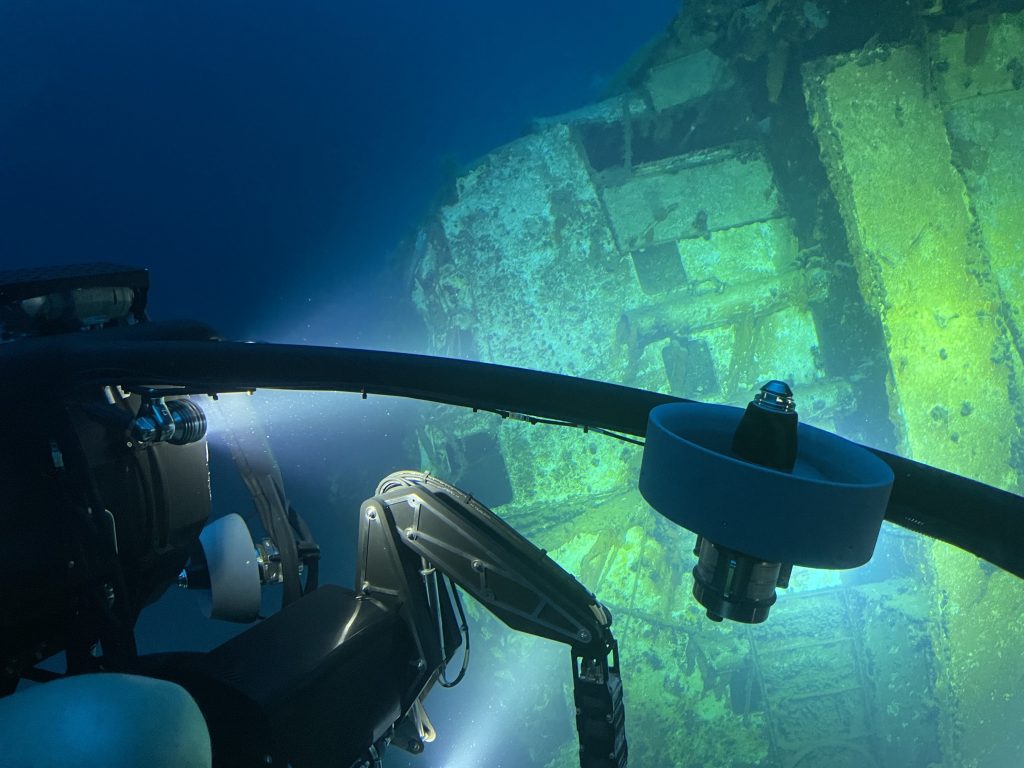
I love diving, I love the tranquillity. I adore the colours of a healthy coral reef and I am enchanted by the antics of tropical fish as they go about their daily business.
But if I’m truthful, I have got to the age when the thought of slapping on my rashguard, hefting my buoyancy jacket and two air cylinders onto my back, checking my regulator, and its spare, is all getting to becoming a bit of a faff.
It’s hard work, getting ready for a dive and once you surface the job is not done yet. Gear has to be rinsed, checked, dried, and stowed correctly for the next five.
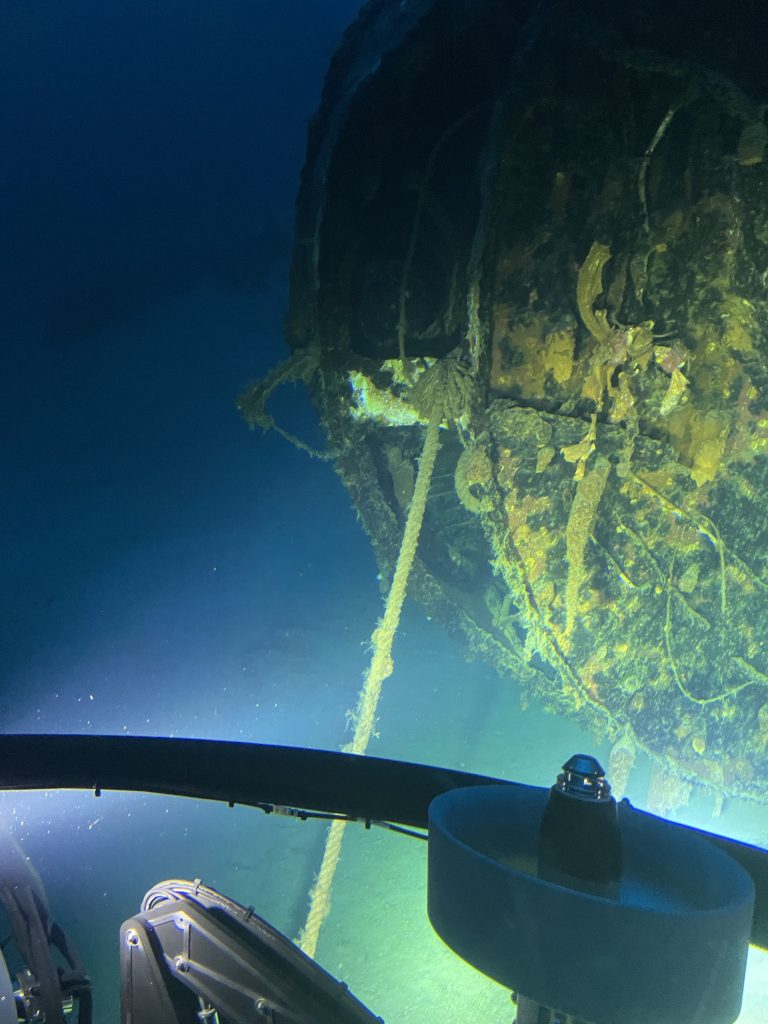
Don’t get me wrong, I would still do it if the rewards underwater outweighed the on-surface kerfuffle.
When I was a member of the crew serving about a charter yacht, diving was an everyday part of my job when we were cruising the Caribbean. As a PADI divemaster, I played second fiddle to my wife, Frances a qualified PADI open water dive instructor, and as a team we were unbeatable and enjoyed the benefits of several repeat charter guests because of our diving capability.
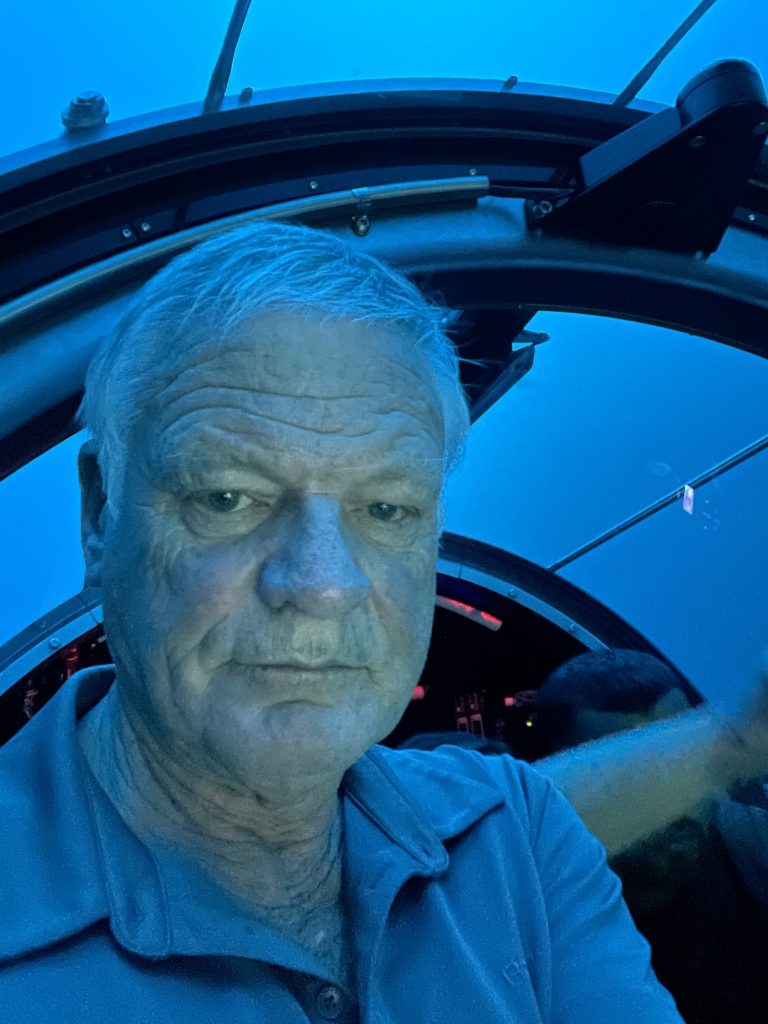
Maybe it’s become too predictable, or possibly, it’s the result of my hair, turning grey, but slowly the hassle of diving began to outweigh the benefits and much to my dive buddies disappointment, I stopped scuba-diving.
That said, shipwrecks have always held a fatal fascination for me, and they are the one thing that might get me diving again. Some of the most memorable dives I have been on I spent exploring underwater ships and boats.
So, the opportunity to go wreck diving in Curaçao off the coast of Venezuela was, I have to admit, very, very tempting! But what sealed it, was that my invitation came from the Dutch submarine builder, U-Boat Worx. They offered Frances and I the opportunity to dive to 155 metres in Sea Explorer their mini submarine and the chance to explore the wreck of Stella, Maris, a 93-metre freighter that sank some 35 years ago.
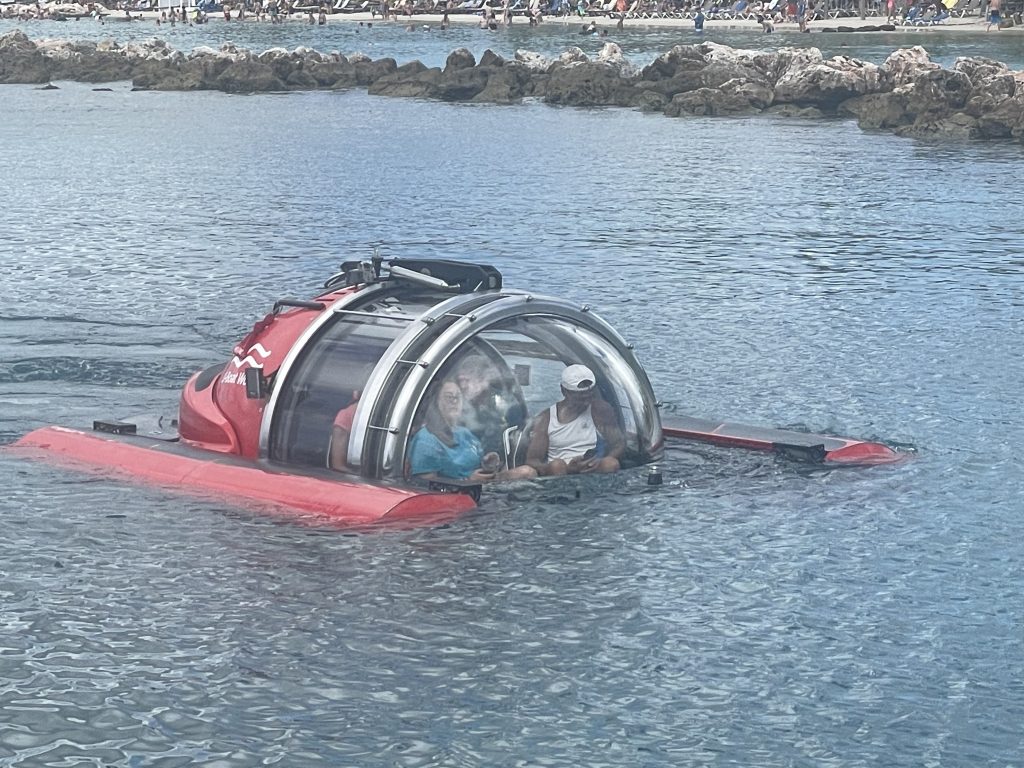
Curaçao is located in the southern Caribbean, well out of the way of the hurricane belt, and about 40 miles north of South America, lies Curaçao. Curaçao is the “C” in the ABC islands: Aruba, Bonaire, and Curacao. With its deep reefs, it’s no wonder that the sea around Curaçao is one of the world’s hot spots for SCUBA diving and snorkelling when you consider the rich variety of its underwater ecosystem. Because it is on the edge of the hurricane belt, Curaçao has well-developed fringing coral reefs that are home to an array of barracudas, sea turtles, manta rays and sharks. These reefs are home to 65 species of coral and more than 350 species of fish. The reef area consists mostly of a submarine terrace covered with a wide array of fringing reef types, both biologically and geologically interesting.
Stella Maris
The Stella Maris is the wreck of an old freighter intentionally sunk in the mid-’80s, off the coast of Curacao as dive tourist attraction.
Suspected of drug trafficking, the freighter had originally been confiscated by the Dutch and Curaçao authorities in 1981.
She was later purchased for 1 guilder ($0.56 USD) by Seaquarium, who planned to sink her with the aim of creating an artificial reef in front of the Lions Dive Hotel. The sinking did not go according to plan. Instead of coming to rest on a plateau 25 metres under the surface, Stella Maris slid over the top of a wall and plunged into waters 160 metres deep and was never seen again until she was relocated in 2005.
Having ended up deeper than originally intended during the sinking. She now rests on her starboard side on a deeper plateau that starts at approximately 131 metres at the bottom of her bow dropping to 142 metres at the bottom of her stern.
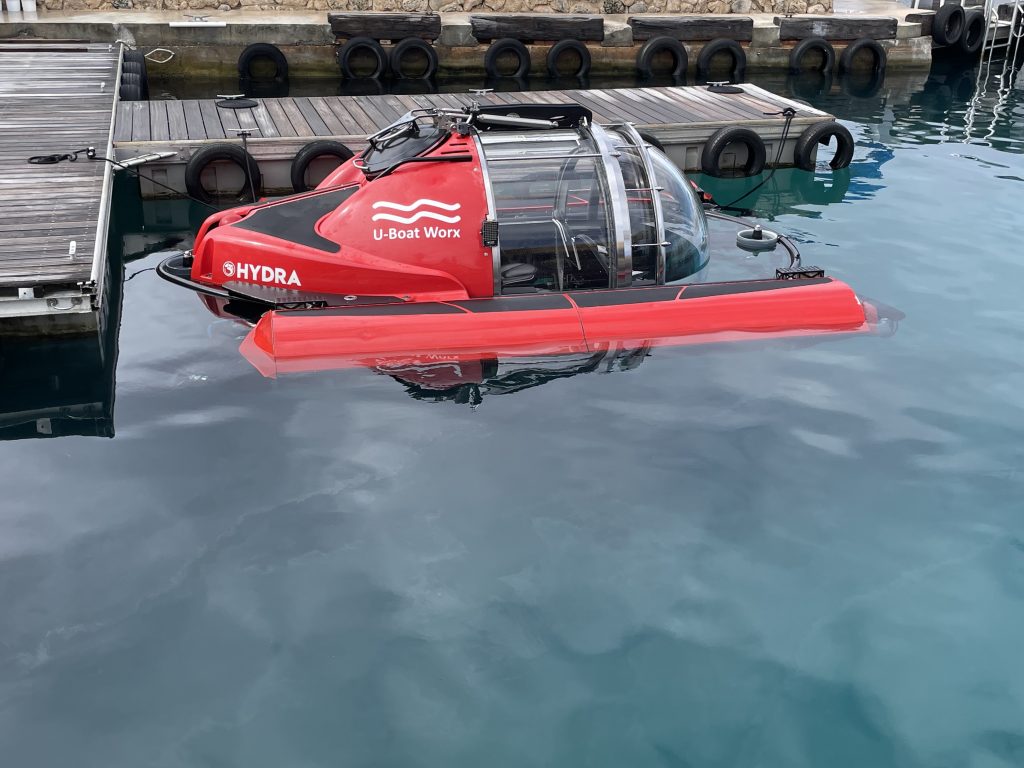
Until recently Stella Maris was suitable as a dive only for technical divers until small personal submarines began to descend to such depths and made it possible to view the wreck in all her glory.
The coral nursery of the Coral Restoration Foundation is located at the same location in more shallow water. Thousands of other unexplored wrecks, numerous species of fish, and dazzlingly beautiful coral reefs surround the island, and they are all waiting to be discovered.
Sitting behind the controls of a small submersible is among the most thrilling adventures anyone could imagine. Witnessing underwater life first hand from the inside of a mini submarine with its panoramic view can only be described as “out of this world”.
The dive starts with a pre-dive briefing detailing safety procedures, and shares some general information about submarine dives, what you to expect during the dive, and so on. Here we learned that There’s no noticeable pressure difference once you are aboard the submersible and that inside the craft temperatures will remain moderate (it is unlikely you will need a sweater). We were advised to wear comfortable clothes such as t-shirt and shorts and asked to avoid wearing a dress or skirt. Because the Perspex dome is so susceptible to scratching, we were asked to remove rings from our fingers and bracelets from our wrists but were allowed to keep our wrist watches on.
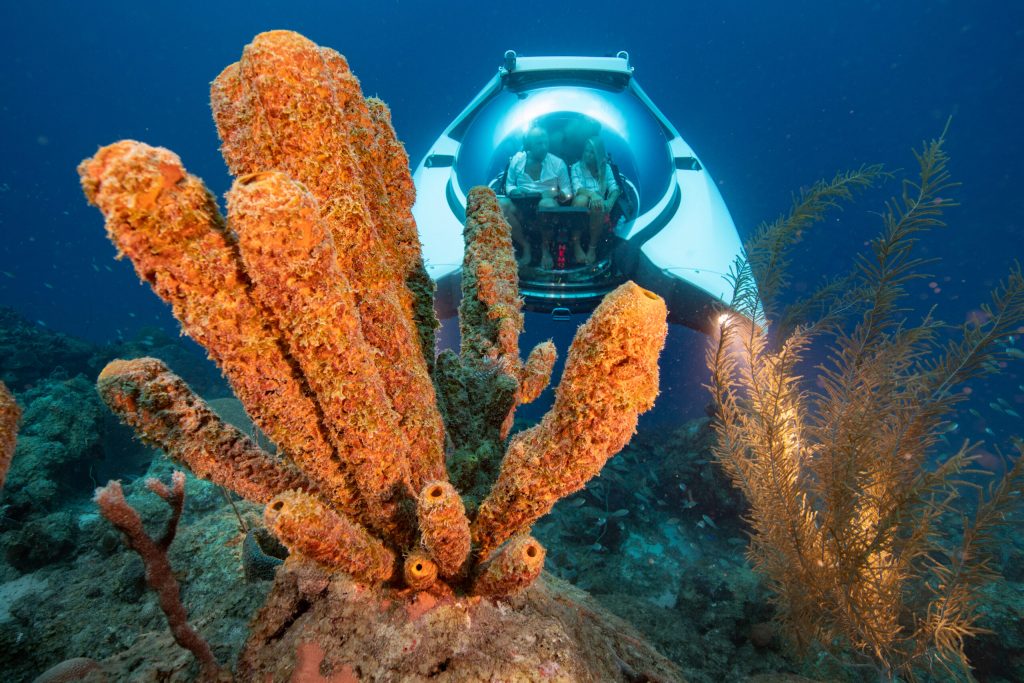
Sub Center Curaçao is a subsidiary of U-Boat Worx whose story began in 2005 in the Netherlands where it continues to design and manufacture private submarines. U-Boat Worx launched this the world’s the first submersible training centre here in 2019 and has presented year-round training opportunities to its submersible owners since training began in 2020. The land-based facility is located at the edge of a pristine deep-water reef that boasts amazing marine life, a diverse range of corals and sponges and crystal-clear visibility.
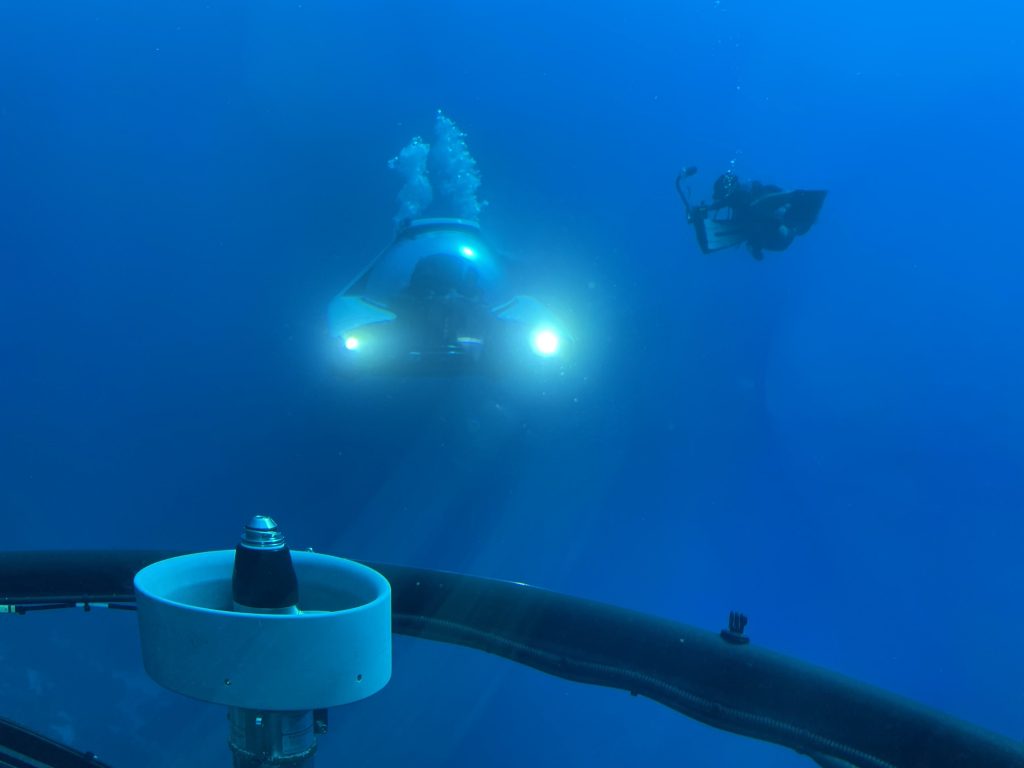
Partnering with Adrian “Dutch” Schrier, a well-known Caribbean entrepreneur and diving expert, who owns and operates Sub Station Curaçao, U-Boat Worx uses these facilities for the launching of its own submersibles. For anyone who aspires to roam the subsea in a state-of-the-art private submarine the base also offers industry defining training programs and certificates of competence. These courses are not just catering to adventurous private individuals looking for a unique experience that will broaden their horizons. Increasingly they are being taken up by senior yacht crew eager to enhance their credentials in the superyacht charter industry wherein U-Boat Worx submersibles are already widely used.
Bert Houtman the founder of U-Boat Worx has realised his dream. His vision was to create a personal submarines that made access to the subsea readily available In setting up his substation, his dream has become more accessible than ever before.
